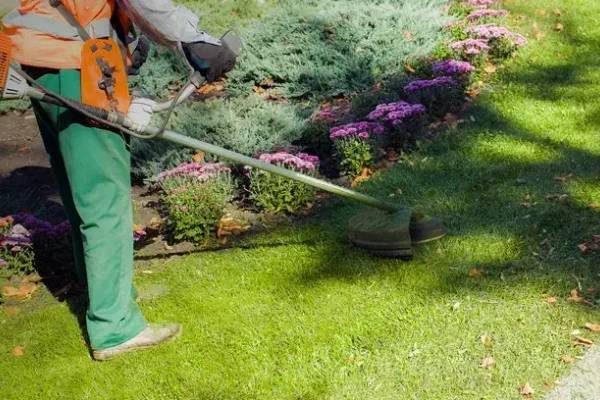- Home
- WhatsApp Quote
- About
- Services
- Gallery
- Blog
- Contact
- Home
- WhatsApp Quote
- About
- Services
- Gallery
- Blog
- Contact
August 30, 2023

Nobody wants to see an overgrown, unmanaged garden with plants and trees covering everything. Not only does it compromise the beauty of your stunning new home, but it also stops you from sitting in it to enjoy coffee and your children from playing in it.
So, what is the solution for an overgrown garden? Ultimately, you need to clear it using the right planning, techniques, and tools. But again, how to clear an overgrown garden? Ahh! The really complicated confusion. Don’t worry! This detailed guide will help you.
When heading towards cleaning your garden, there are a few things you need to do before actually stepping into the area. I suggest you must go through these so you don’t have to stop within the process only because you haven’t prepared yourself first.
Take a closer look at the overgrown plants in your garden. Think about and decide the correct way to proceed and what tools and protective gear (like clothing and PPE) you may need for the job.
Even if you’re not a plant expert, try to recognise the perennials, climbers, shrubs, and bushes that can be saved with a little care. Decide early on which plants you want to keep and which ones need to be removed during the clearing process.
Simply put, the time of year you’re clearing your garden does matter. In hot summers, the ground may need watering to soften it, and the sun can affect your energy levels and risk dehydration. Choose a suitable time to begin the garden clearing.
Planning is essential to make the task easier. Decide on the end result you want for your garden. Whether you have a specific design in mind or just want a fresh start, knowing your goal will help you plan the steps to achieve it.


Once you have the plan, you’ll follow throughout the process of clearing your garden, it’s time to put yourself and your tools into action. Keep following the steps given below to put your garden into shape.
Start by removing all the junk lying around, such as broken garden features, plastic, damaged rainwater barrels, furniture, rusty and unusable tools, and other debris.
You might not know, but removing all the rubbish from the garden will make a big difference in how it looks. It won’t appear messy and neglected anymore; it will just seem a bit overgrown.
After clearing rubbish, focus on removing weeds and dead plants. You can do this gradually by manually pulling them out or using a fork. Weed killer is an option, but it takes time to work, and you’ll still need to remove the dead plants later.
Therefore, I always opt for pulling the weeds with my hands or using a particular tool such as a fork. Weed killer is only an option if it kills the weeds from the roots. Still, it will take time, so go for the manual methods to get rid of the weeds properly.
Next, clear the pathways and patio areas. This provides a resting spot, a place to keep tools, and access to other parts of the garden. Deal with weeds on paths and patios using pesticides or hand-pulling if you prefer avoiding chemicals.
Cut the long grass to instantly improve the garden’s appearance and allow easier access to other areas. Use the standard lawnmower to go straight over the grass. However, if the grass is very tall, use a strimmer for quicker trimming.
Identify and remove unwanted plants like large ivy vines, brambles, weeds, or wildflowers you want to eliminate. However, the procedure is a bit different if there are some larger, heavily-grown trees. Take the axe and cut down the unwanted branches.
Once all the unwanted stuff is removed from the garden, it’s time to look at the remaining plants. Take care of the plants you want to keep by pruning and trimming dead wood or branches. This encourages new growth and enhances the garden’s appearance.
Suppose the plant you have trimmed or the flowers you have added to the garden will take some time to show some signs of colour. In such a case, I have an immediate solution.
If you’re short on time and want a blooming garden quickly, buy seasonal plants in bloom from a local garden centre. Transplant them into terracotta pots for an attractive display of colours until your other plants bloom. Container gardening is a fast way to makeover your garden.
The best time to clear an overgrown garden is either late autumn or early spring. Plant growth slows down in late autumn and early spring, and some plants haven’t emerged yet.
Tackling the garden during these times makes it easier than trying to clear it during the summer when plants are growing vigorously, and the garden might resemble a jungle.
Maintaining a garden properly is easy when you know what to do. The following are some key tips to keep your garden healthy and vibrant.
Copyright© 2023 | Elite Waste Removal | All rights reserved.